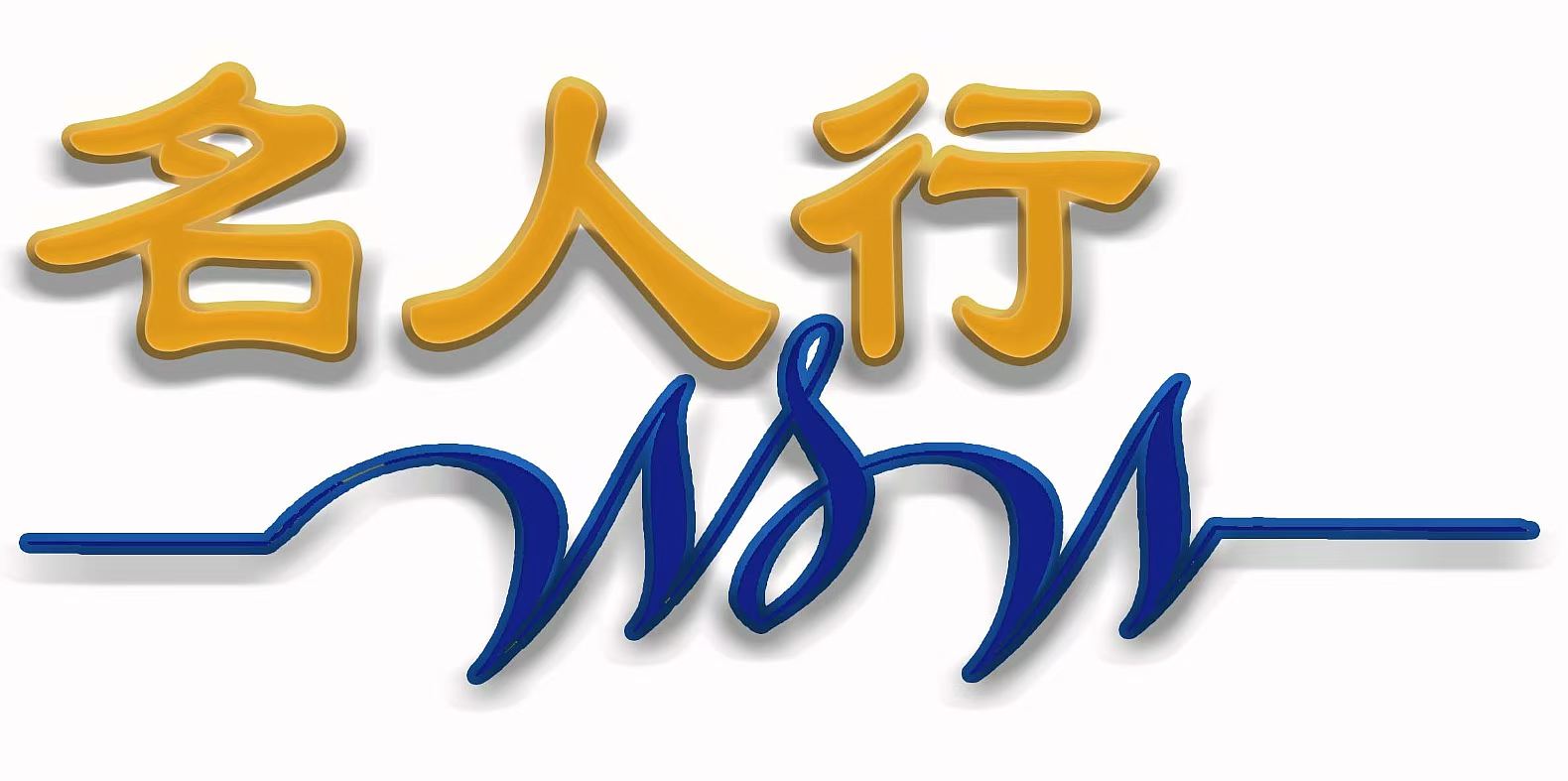Daoist Meditation for Improving Quality of Life
In an era marked by relentless technological advancement, societal pressures, and environmental crises, the quest for holistic well-being has never been more urgent. While modern solutions like digital detoxes and psychotherapy offer temporary relief, ancient practices rooted in Daoist philosophy provide timeless wisdom for cultivating resilience, balance, and harmony. Daoist meditation, a cornerstone of this 2,500-year-old tradition, offers a transformative pathway to improving physical health, mental clarity, emotional stability, and spiritual fulfillment. This article explores the principles, techniques, and benefits of Daoist meditation, demonstrating its relevance in enhancing the quality of life for contemporary individuals.
1. The Foundations of Daoist Meditation
Daoist meditation is deeply intertwined with the philosophical tenets of Daoism, which emphasize living in harmony with the Dao (the “Way”), the primordial force underlying all existence. Key concepts include:
- Wu Wei (Effortless Action): Acting in alignment with natural rhythms rather than forcing outcomes.
- Yin and Yang: Balancing complementary forces (e.g., rest/activity, introspection/expression).
- Ziran (Naturalness): Embracing spontaneity and authenticity.
Unlike mindfulness-based practices that focus on present-moment awareness, Daoist meditation integrates physical, energetic, and spiritual cultivation. Its goal is to harmonize the body, mind, and breath with the Dao, fostering longevity and inner peace.
2. Core Principles of Daoist Meditation
2.1 Harmony with the Dao
Central to Daoist practice is surrendering to the flow of the Dao. Meditators learn to release rigid control, trusting in the inherent wisdom of nature. This principle alleviates stress caused by overthinking and resistance to change.
2.2 Balancing Yin and Yang
Daoist meditation techniques aim to equilibrate Yin (receptive, cooling energy) and Yang (active, warming energy). Imbalances are believed to cause illness or emotional turbulence. Through breathwork and visualization, practitioners restore equilibrium.
2.3 Cultivation of Qi (Vital Energy)
Qi, the life force circulating through the body’s meridians, is a focal point. Blockages or deficiencies in Qi lead to ailments. Meditation techniques like Qigong and Neiguan (Inner Observation) enhance Qi flow, boosting vitality.
2.4 Wu Wei in Practice
By embracing Wu Wei, meditators cultivate patience and non-attachment. This mindset reduces anxiety related to societal pressures to “achieve” or “succeed,” fostering contentment.
3. Key Techniques of Daoist Meditation
3.1 Zuowang (Sitting and Forgetting)
Zuowang involves sitting in stillness, releasing thoughts, and dissolving the ego. Practitioners “forget” societal roles and mental clutter, accessing a state of unity with the Dao. Steps include:
- Sitting cross-legged or upright.
- Focusing on breath to quiet the mind.
- Gradually releasing attachment to thoughts.
3.2 Neiguan (Inner Observation)
This introspective practice involves scanning the body and mind to observe sensations, emotions, and energy flow without judgment. It enhances self-awareness and identifies areas needing healing.
3.3 Tai Xi (Embryonic Breathing)
Tai Xi mimics the subtle, effortless breathing of a fetus in the womb. Practitioners breathe through the skin or visualize drawing Qi from the environment, revitalizing the body.
3.4 Visualization and Meridian Work
Techniques like the “Microcosmic Orbit” guide Qi through the body’s primary meridians (Ren and Du Mai), clearing blockages and enhancing spiritual connection.
4. Benefits of Daoist Meditation
4.1 Physical Health
- Enhanced Immunity: Studies suggest meditation reduces inflammation and boosts immune response.
- Longevity: Daoist practices like Tai Xi are linked to improved respiratory and cardiovascular health.
- Pain Management: Qi circulation alleviates chronic pain by addressing energetic imbalances.
4.2 Mental Clarity
- Reduced Anxiety: Wu Wei philosophy diminishes overthinking, while breathwork activates the parasympathetic nervous system.
- Improved Focus: Neiguan sharpens concentration by training the mind to observe distractions without engagement.
4.3 Emotional Balance
- Resilience: By harmonizing Yin and Yang, practitioners navigate emotional extremes with equanimity.
- Self-Compassion: Non-judgmental observation in Neiguan fosters acceptance and reduces self-criticism.
4.4 Spiritual Growth
- Connection to Nature: Daoist meditation deepens reverence for the natural world, countering modern alienation.
- Transcendence: Zuowang facilitates experiences of oneness, offering profound existential peace.
5. Integrating Daoist Meditation into Modern Life
5.1 Practical Steps for Beginners
- Start Small: Begin with 10-minute daily sessions of breath awareness.
- Create Rituals: Meditate in natural settings or use incense to signal transition into practice.
- Combine with Movement: Pair meditation with Tai Chi or Qigong to enhance Qi flow.
5.2 Overcoming Challenges
- Restlessness: Use guided recordings or focus on the lower Dantian (energy center below the navel) to anchor attention.
- Skepticism: Frame practices scientifically—e.g., Qi as bioelectricity—to align with modern worldviews.
5.3 Adapting to Urban Lifestyles
- Digital Detox: Use meditation to counter information overload.
- Workplace Integration: Practice mindful breathing during breaks to reduce stress.
6. Supporting Research and Case Studies
- A 202 study in Frontiers in Psychology found Daoist-based Qigong reduced cortisol levels by 25% in participants.
- Historical figures like Laozi and Zhuangzi exemplify the longevity and wisdom attributed to these practices.

Comments (1)
Wonderful article with great suggestions. I just read yesterday, quote,'our inner nature needs the quiet caves of meditation, the softness of drawing inwards and the ability to bring light to the shadows and darkness'.